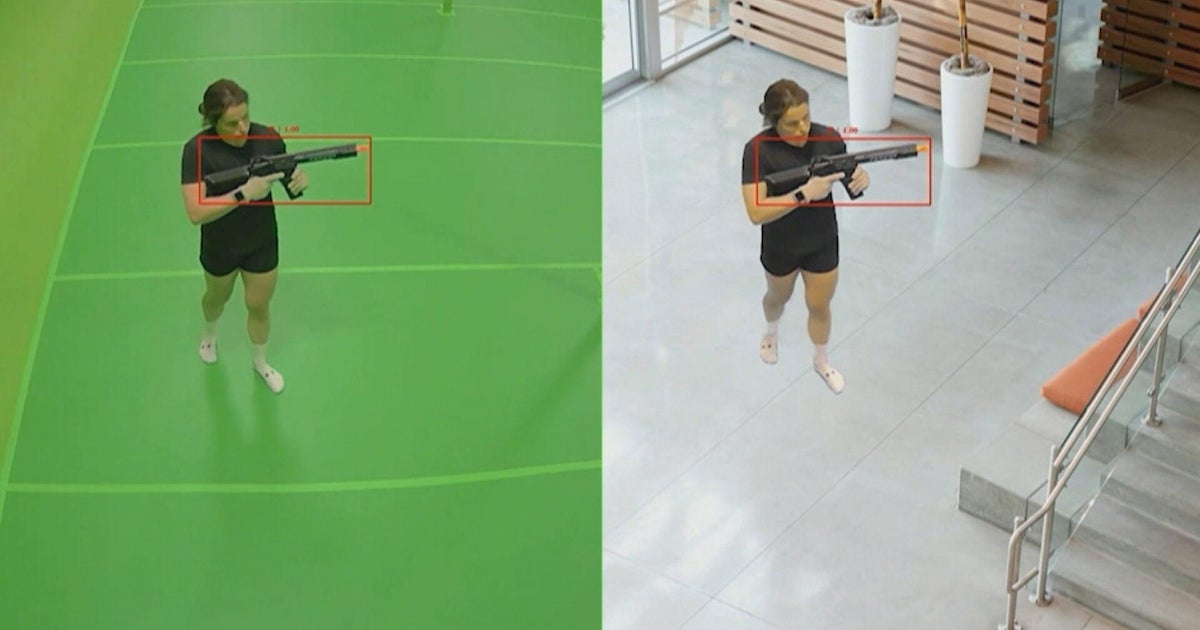High-tech system enhances school safety by cutting response times to shootings, emergencies
As the back-to-school season kicks off, the focus on school safety intensifies for parents, students, teachers and those entrusted with campus security. One high-tech system being installed in schools nationwide aims to help in cases of emergencies by reducing response times and improving communication.
The security software, 911inform, seamlessly connects school staff, dispatchers and first responders in real time. It also connects all technology in a building, including camera systems and the HVAC, according to founder Ivo Allen, who said it leads to about a 60% reduction in response time.
"We give them instantaneous access to everything," Allen said.
911inform also allows users to instantly see into classrooms, lock and unlock doors and communicate silently.
The system is currently deployed in over 1,700 schools across the U.S. and can help in situations ranging from fights to health incidents to gun violence.
There were more than 50 school shootings reported in the United States in 2022, resulting in 40 deaths and 100 injuries, according to Education Week's 2022 School Shooting Tracker. This year, 25 school shootings occurred before the summer break.
The importance of swift response time was seen with the Parkland shooting in 2018. Officers took only five minutes to arrive at the scene but a staggering 11 minutes to enter the school. By that time, the shooter had fled and 17 people were killed.
911inform's system seeks to expedite the notification process by alerting school staff before the phone even rings at 911 dispatch.
In 2019, school resource officer Kris Sandman, had to respond to a credible active shooter threat that emerged as students were arriving at the Morris County School of Technology in New Jersey. The lack of instant communication with off-campus staff during lockdown led to her install the 911inform system.
"There's no doubt in my mind that this system will save lives," Sandman said.
Police departments receive the system for free when school districts sign up. Depending on a school's size, installation costs can reach up to $25,000, with maintenance expenses around $5,000 annually.




